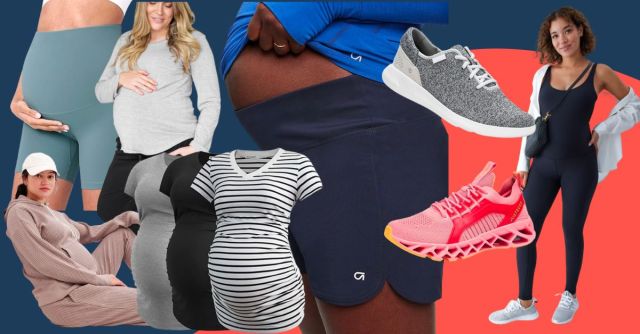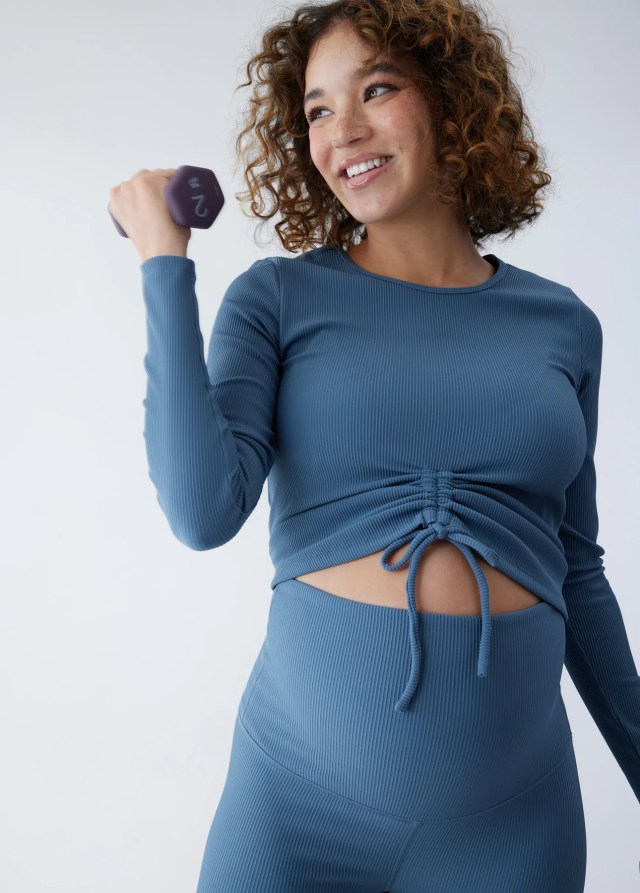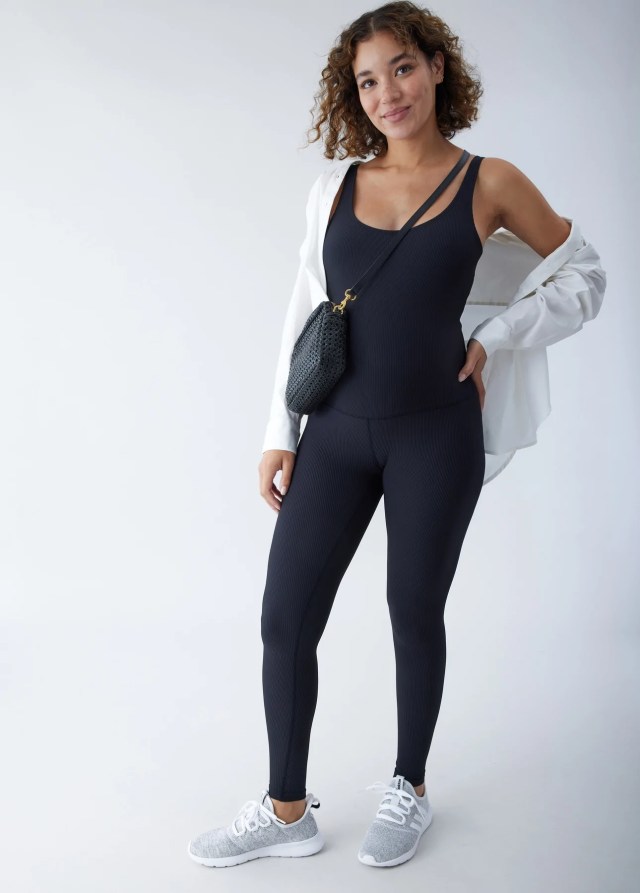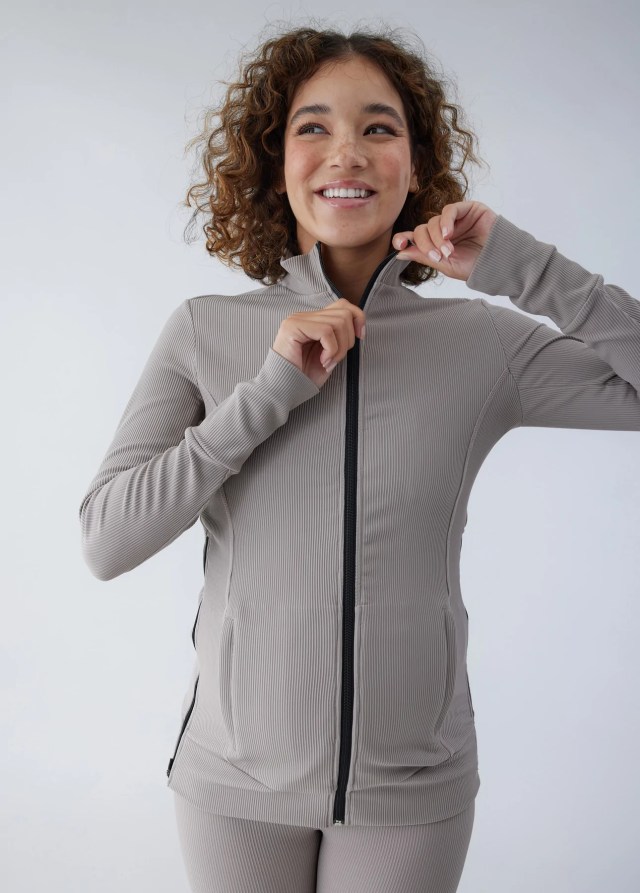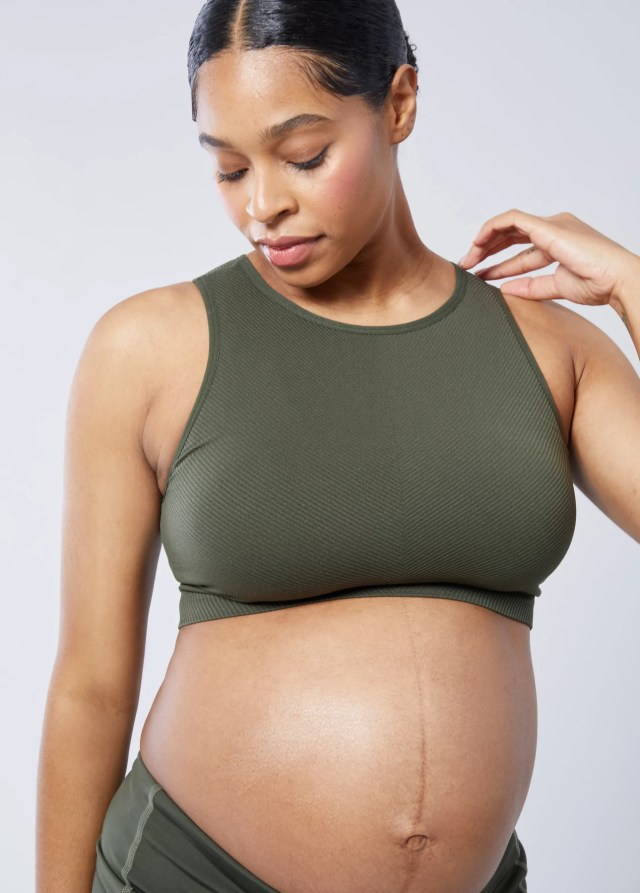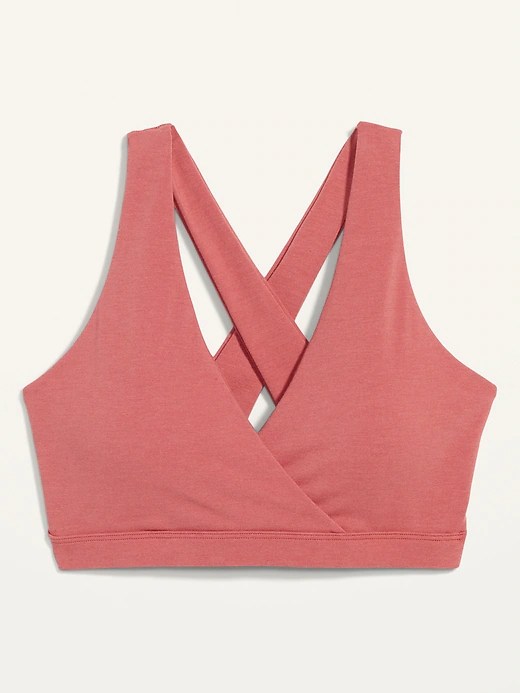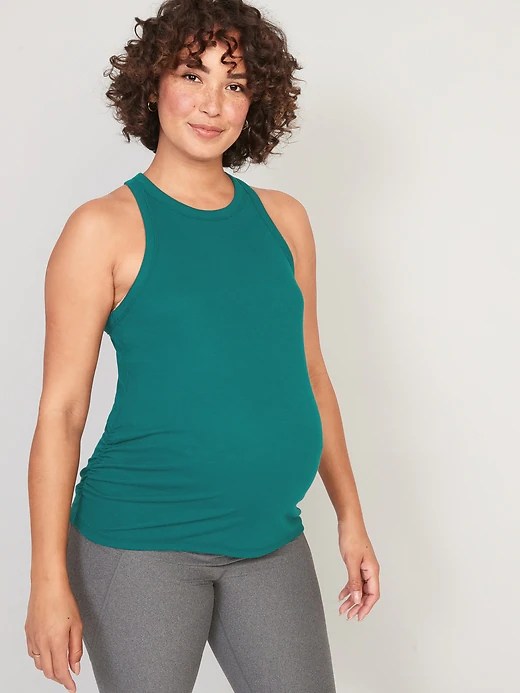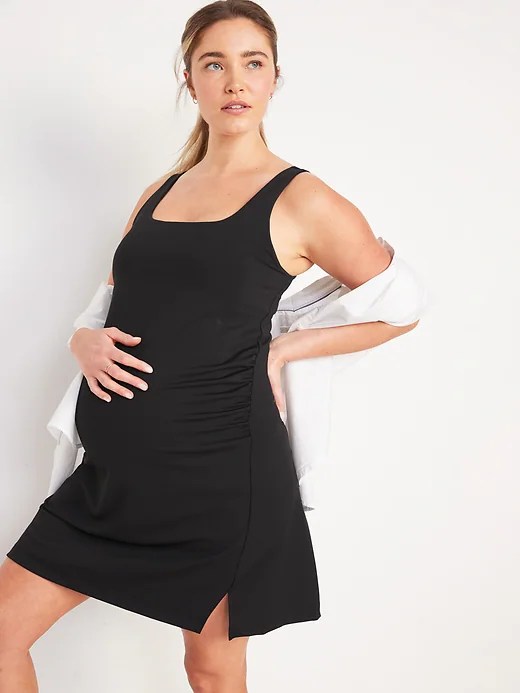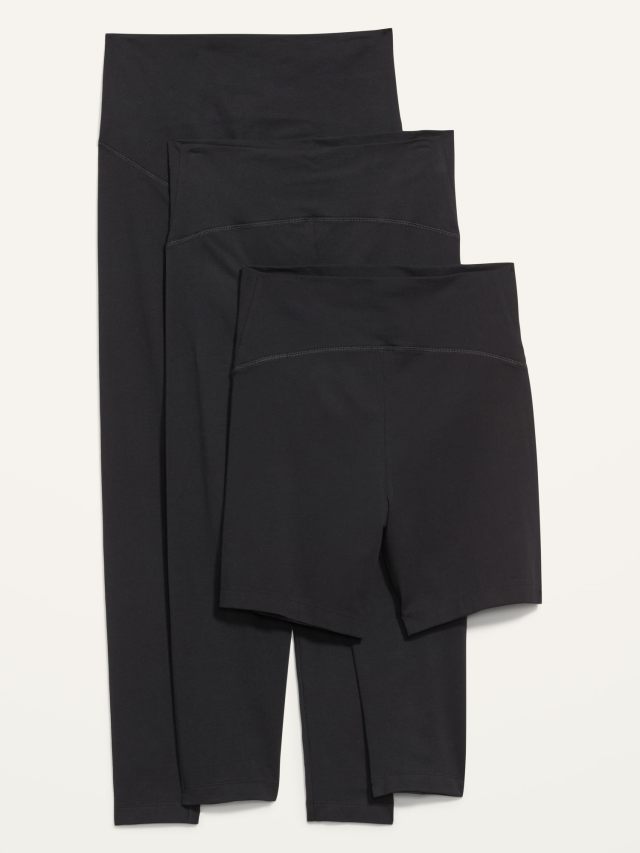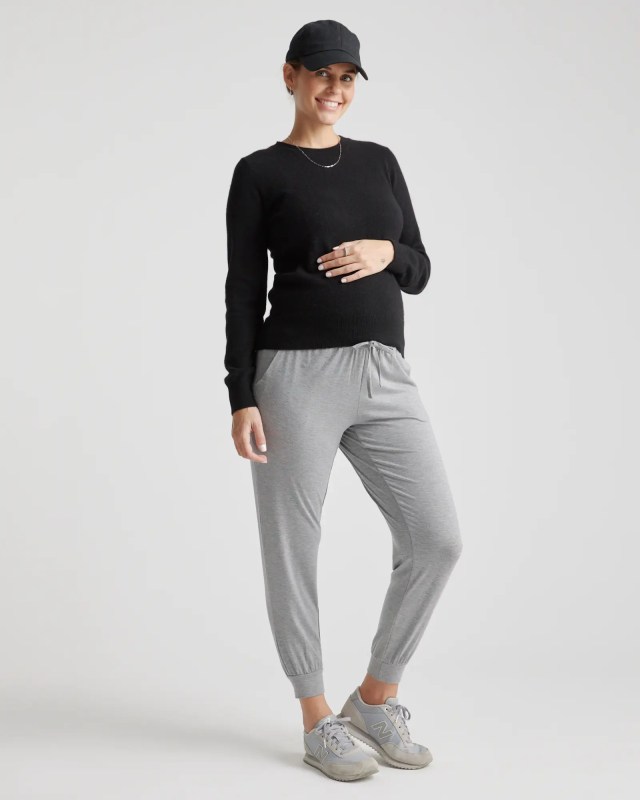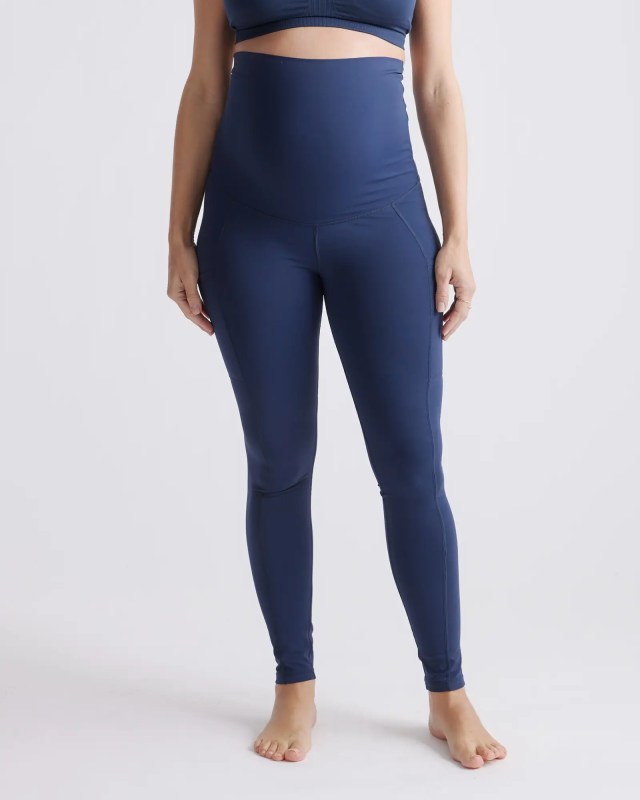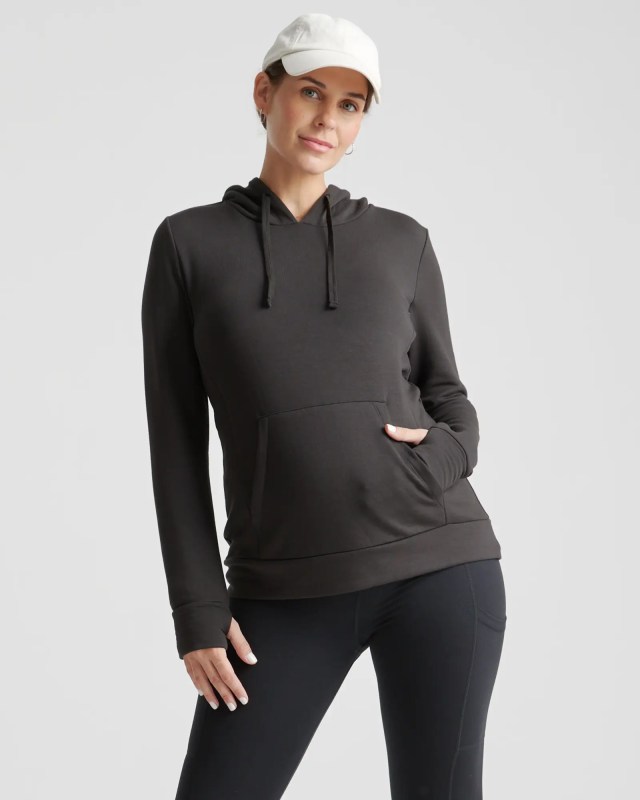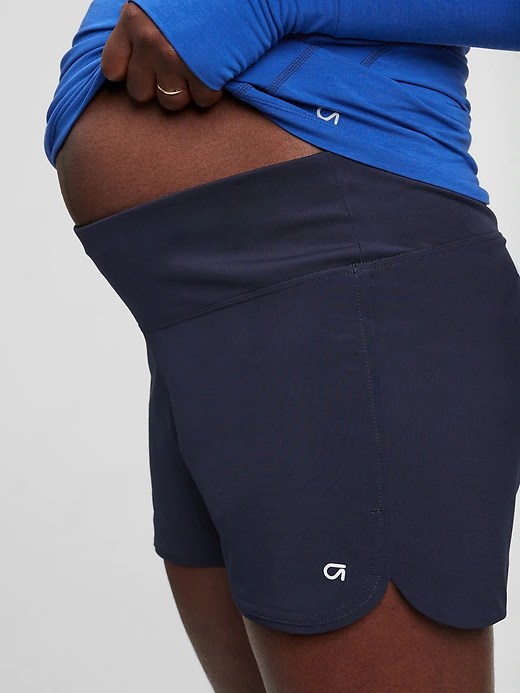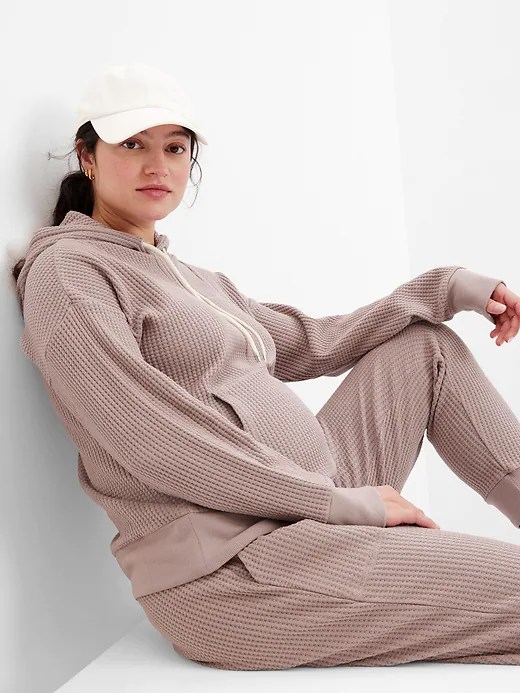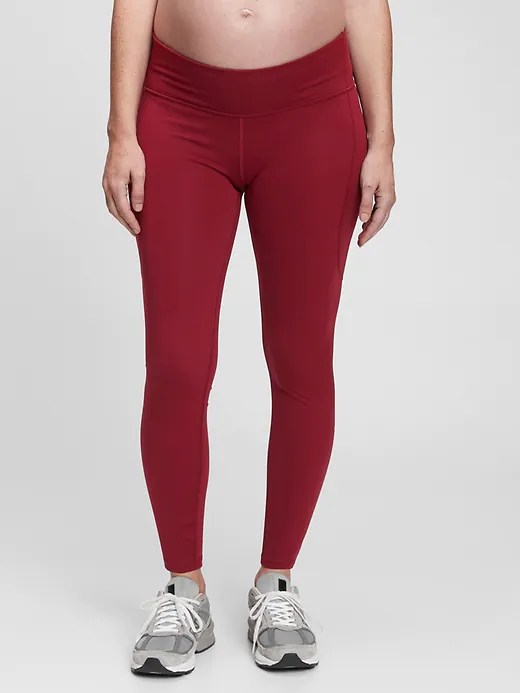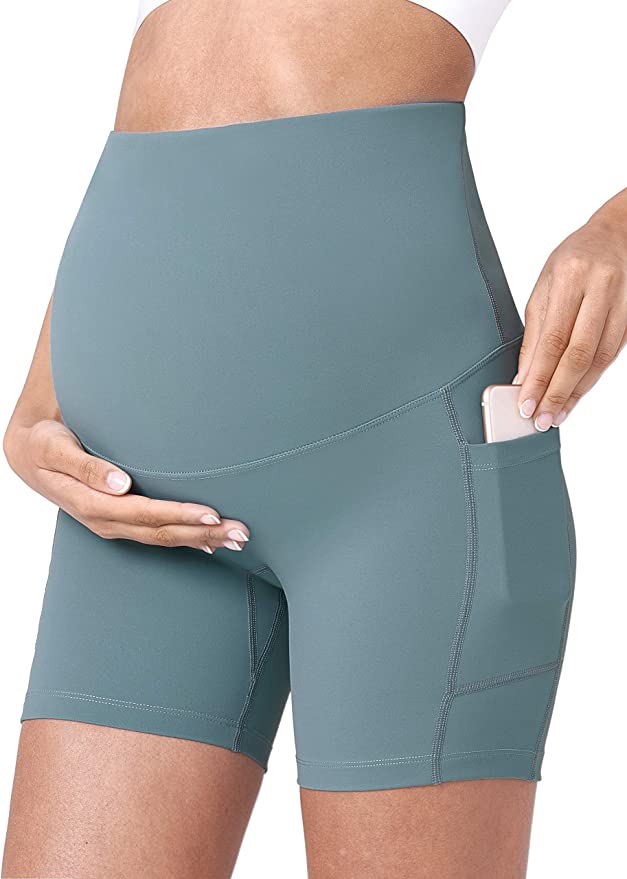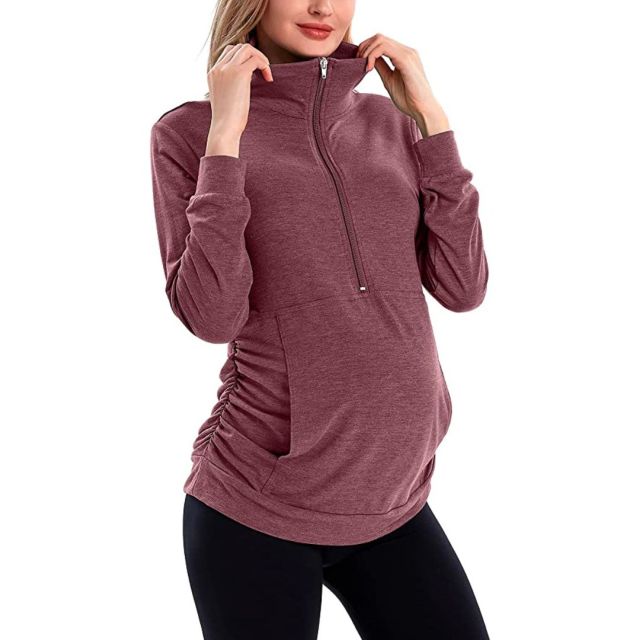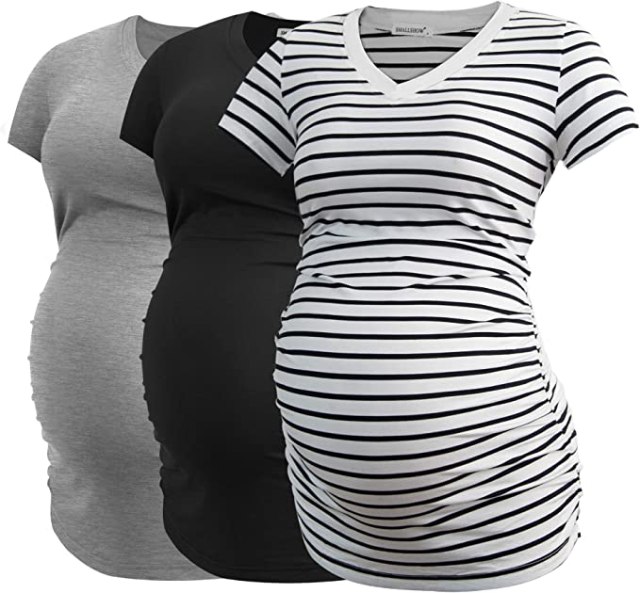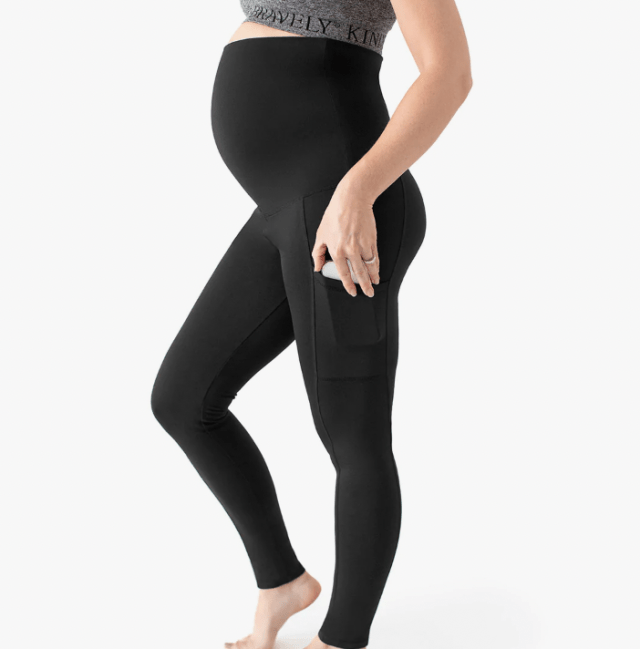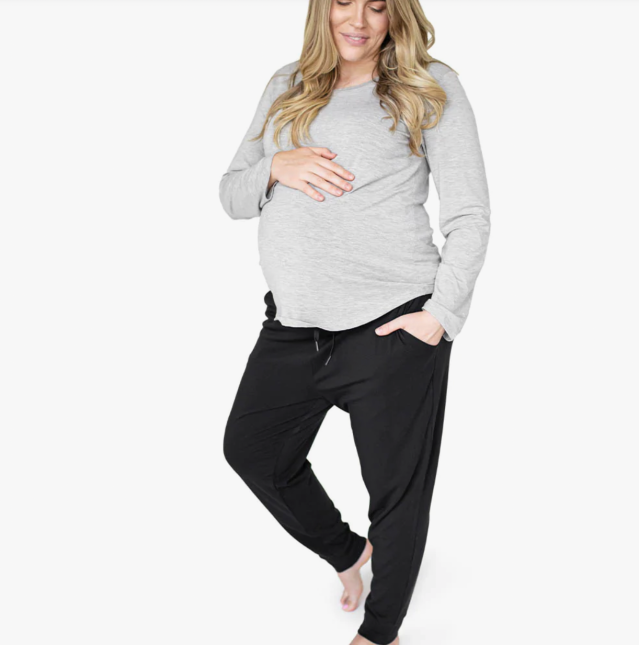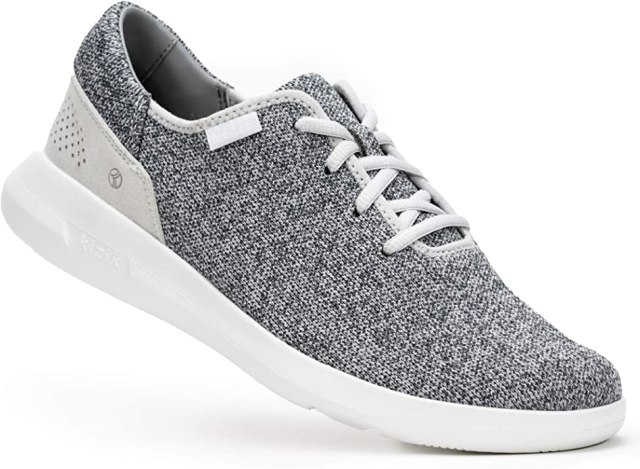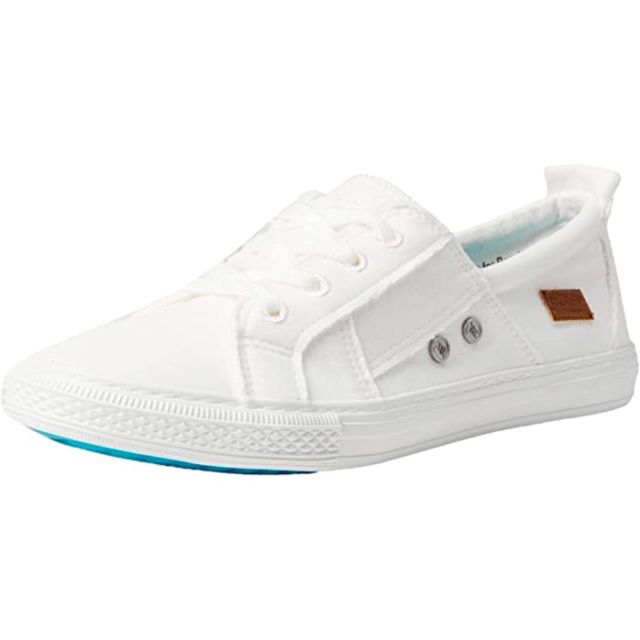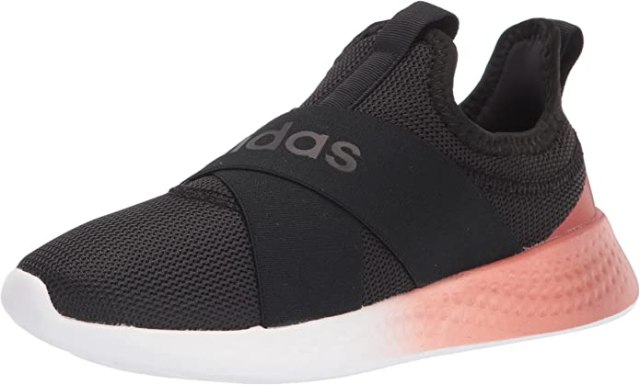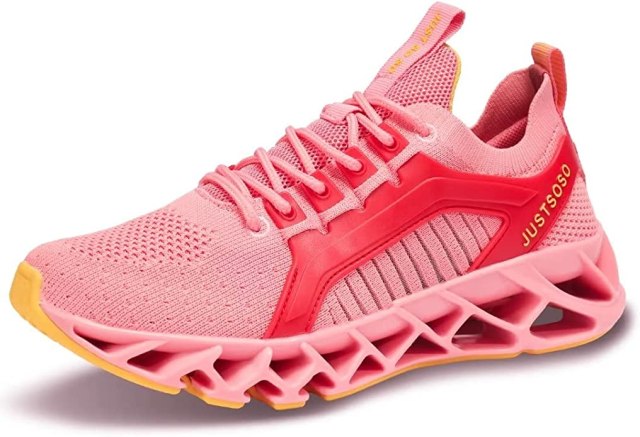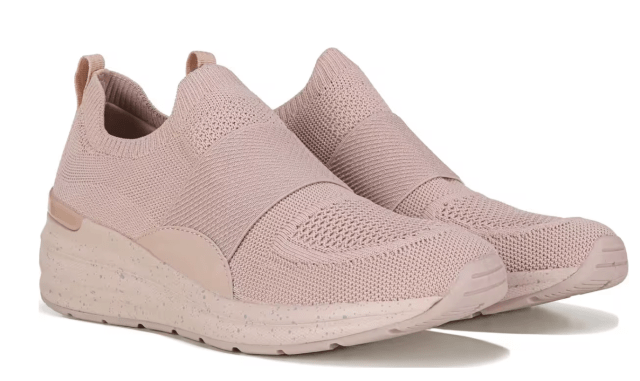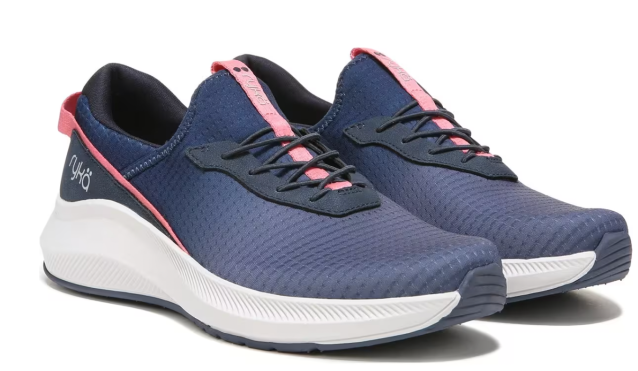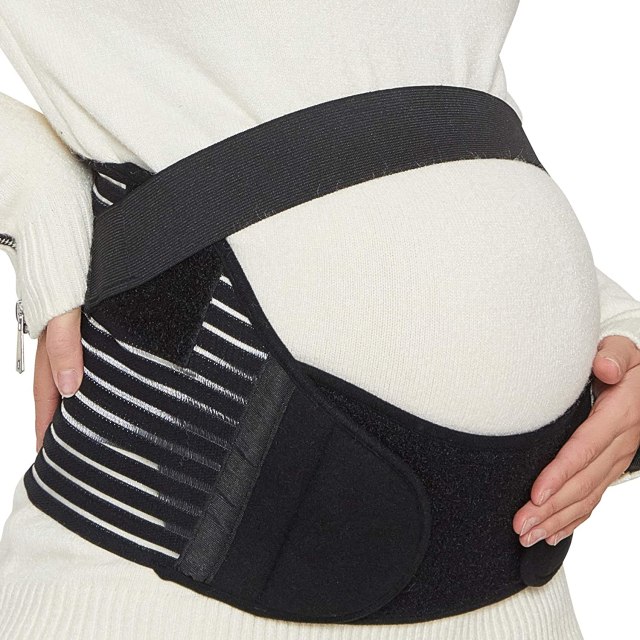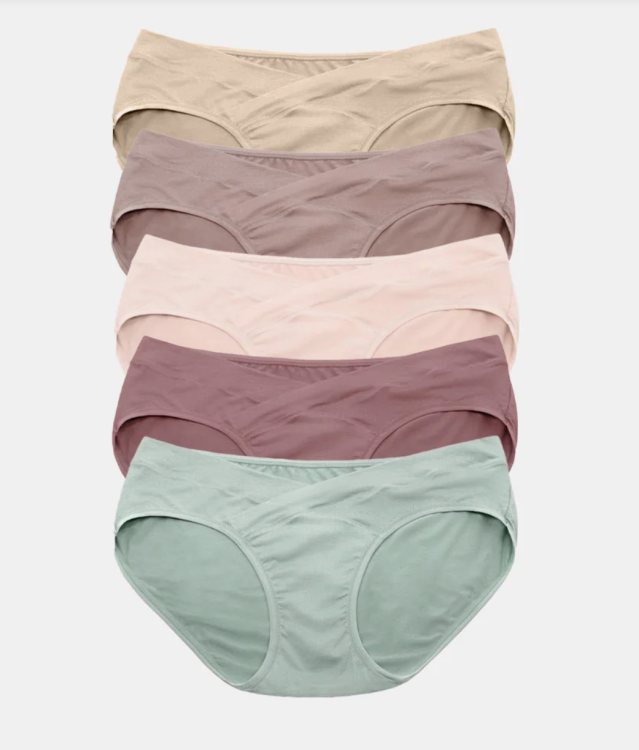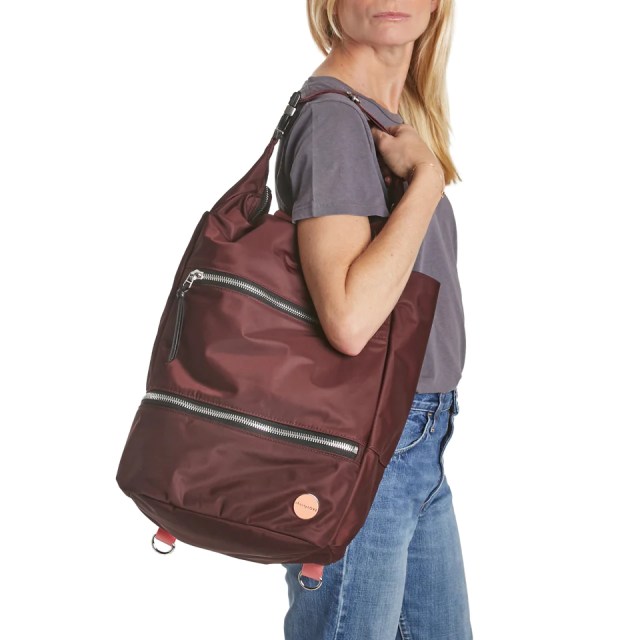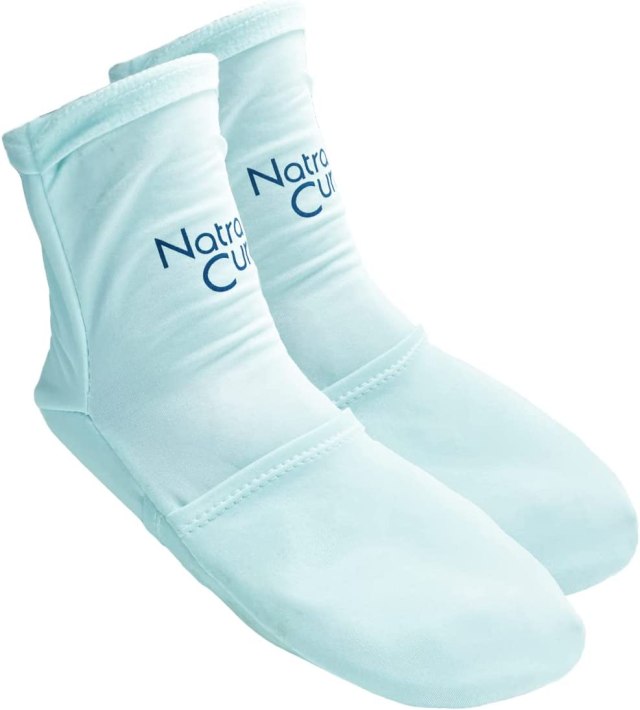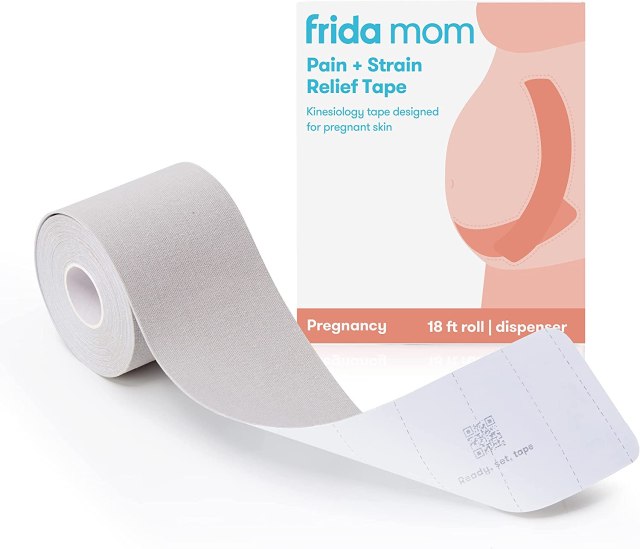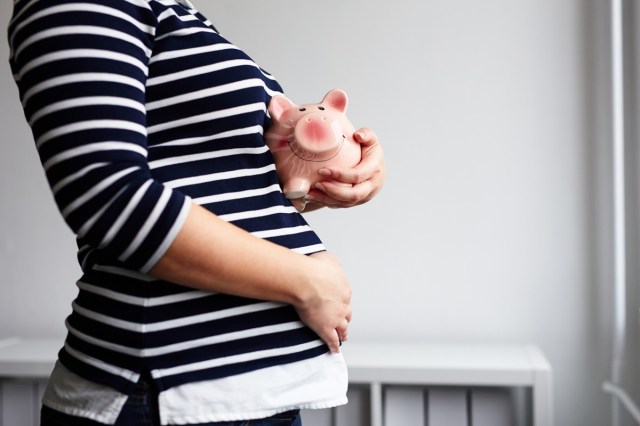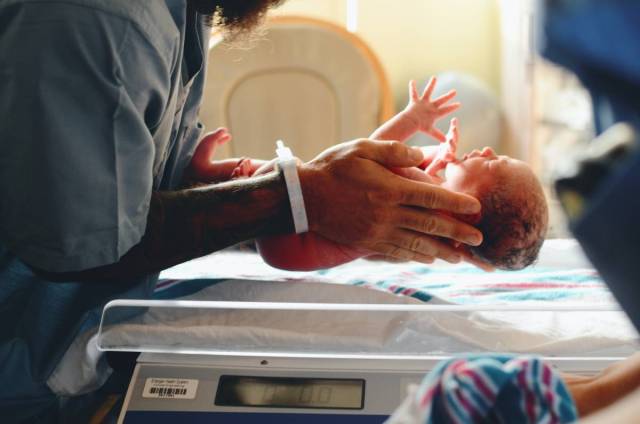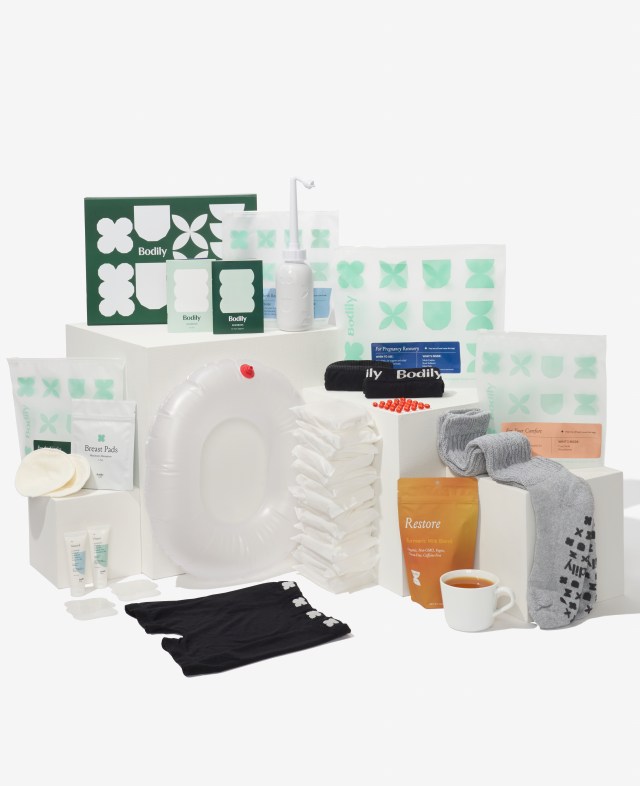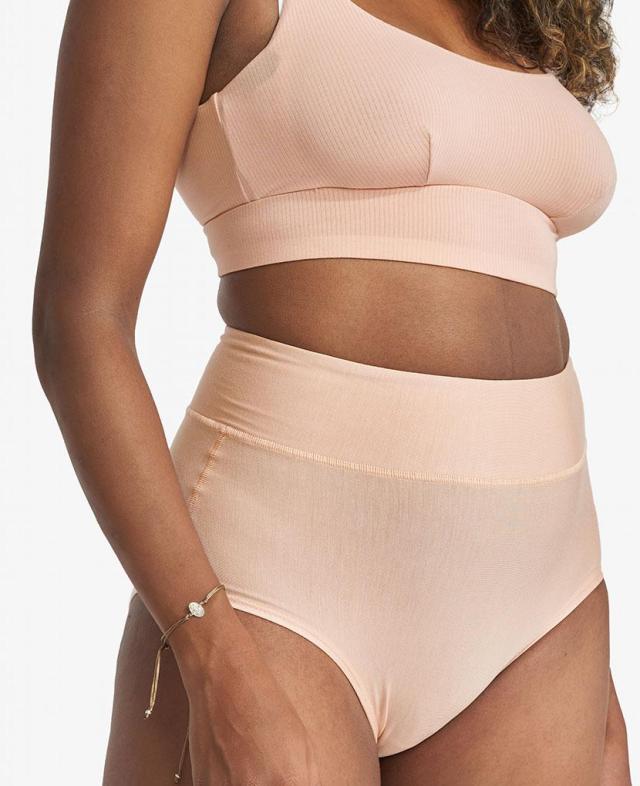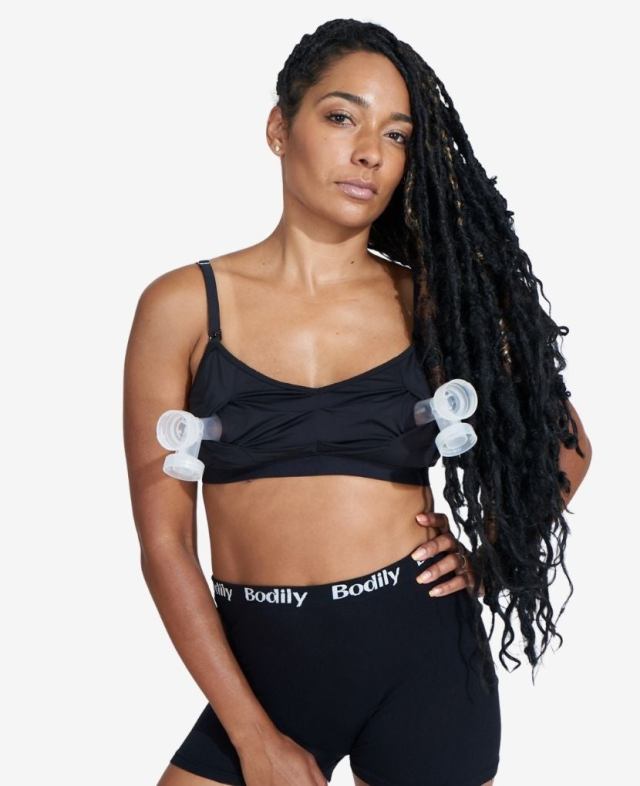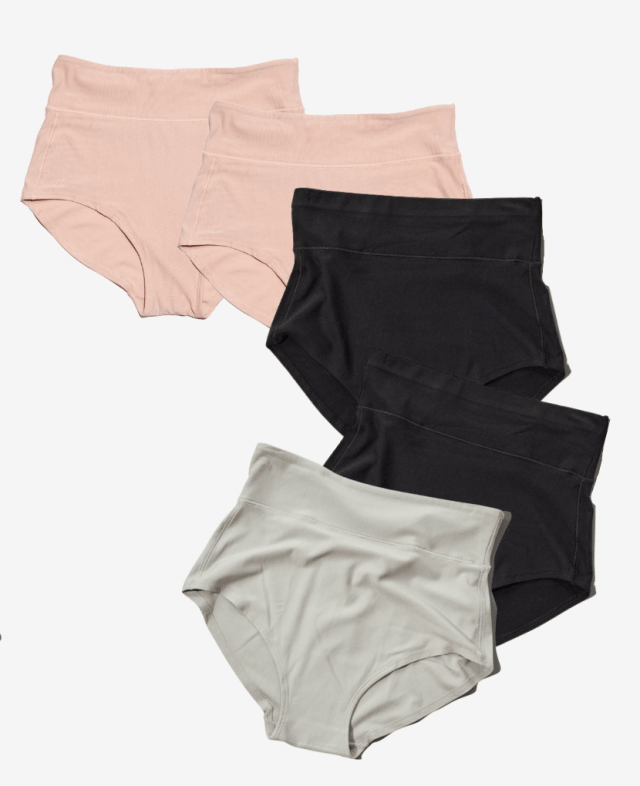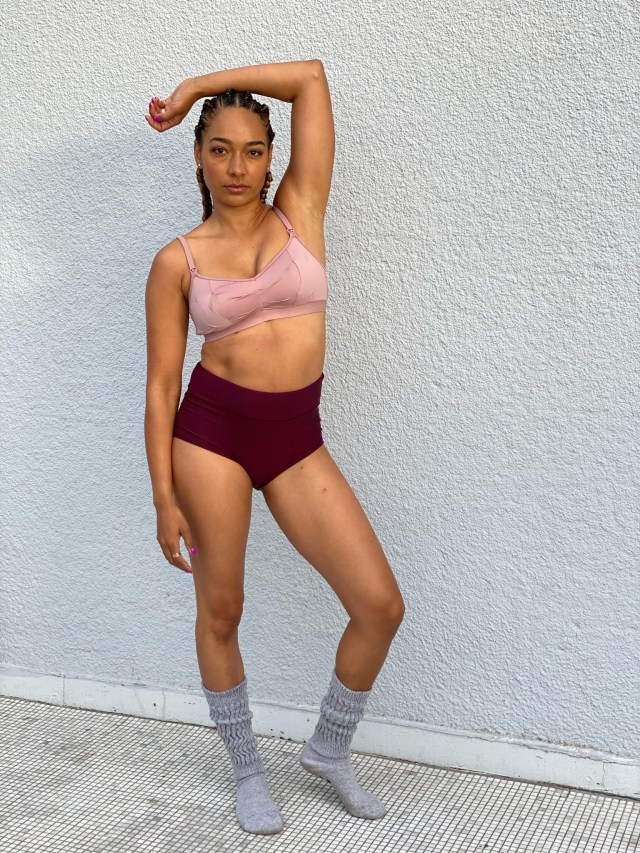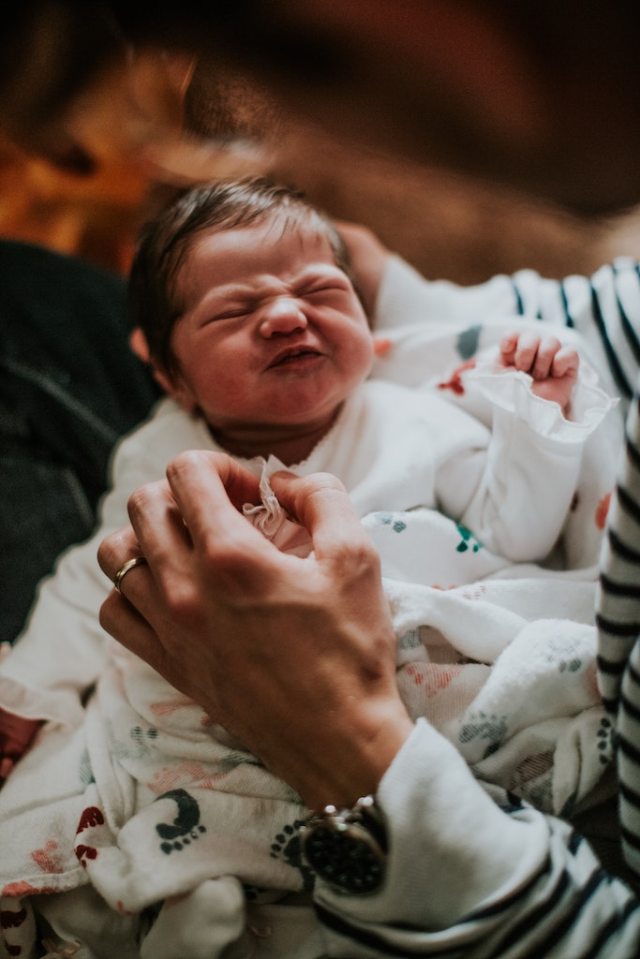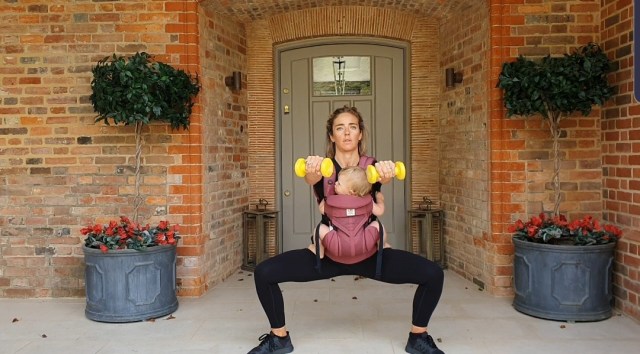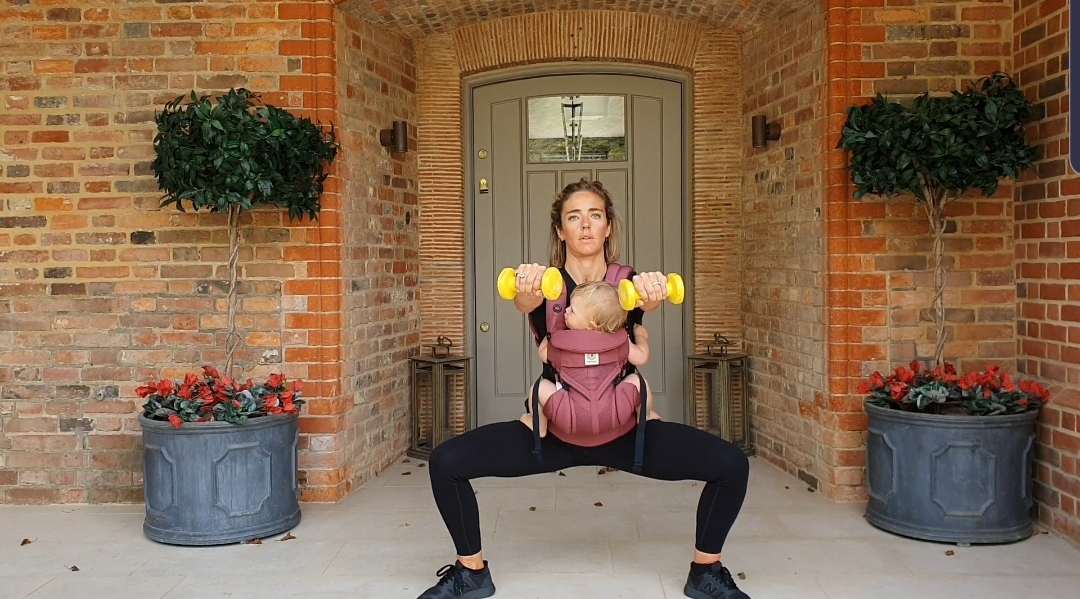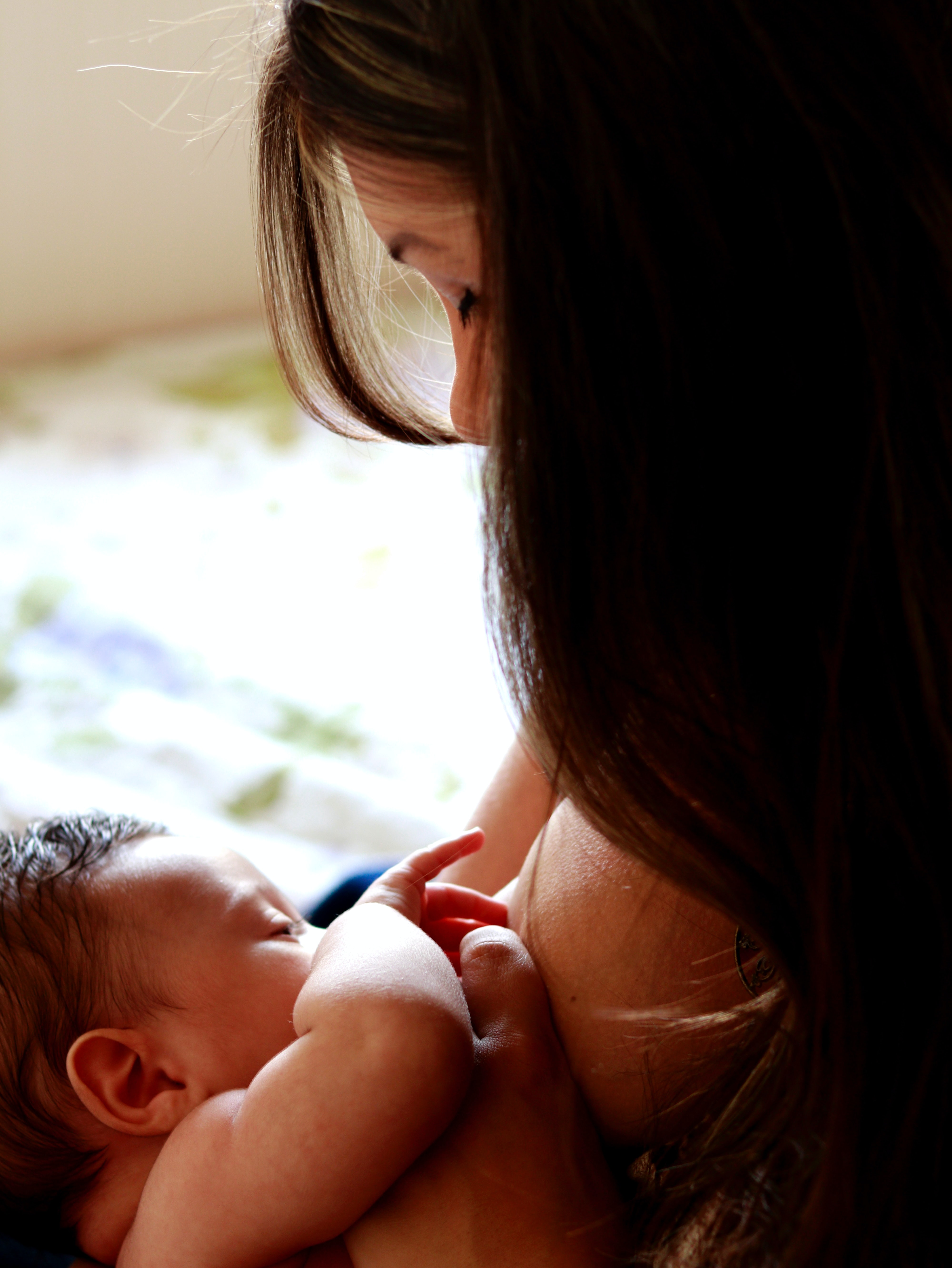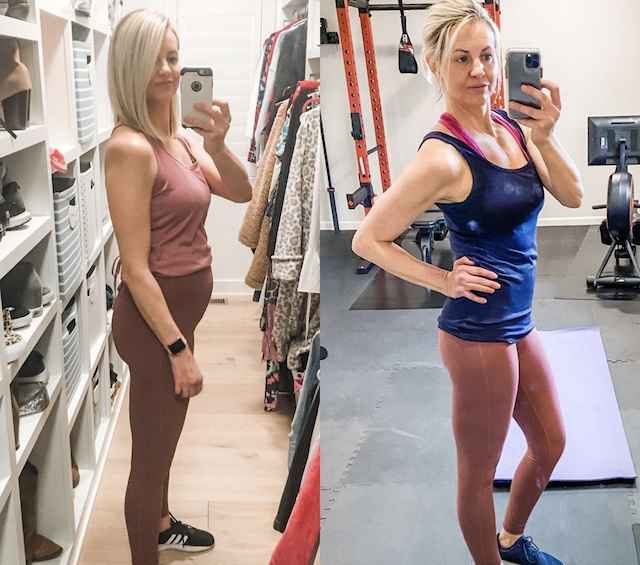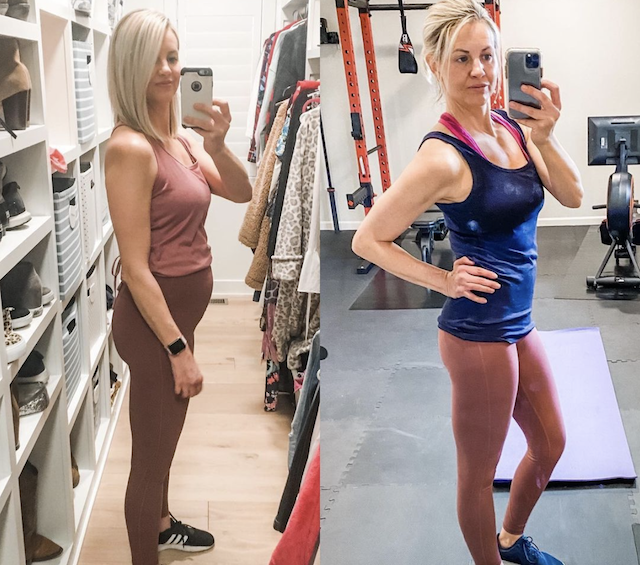
Carrying and birthing life into this world is a miracle. Our bodies go through so many beautiful changes in order for this to happen. Yet there is a cultural expectation for moms to erase signs of pregnancy immediately after giving birth. We are made to feel ashamed of our protruding belly, loose skin, stretch marks, and sagging breasts. We feel the pressure to immediately get our pre-pregnancy body back! When I’m asked how I was able to do it I simply respond, “I didn’t and I’m not mad about it!”
After carrying and birthing four babies, I have learned to celebrate and love my body unconditionally. I’ll be honest though, it took almost four pregnancies before I got to this place of self love. I finally started nourishing and moving my body from a place of love and adoration, which helped me to start enjoying my postpartum fitness journey. I changed my focus from achieving a certain weight, size, or shape to giving my body what it needed to thrive! It was this mindset shift that led to improved health, increased energy and confidence.
Here are 7 things I did that helped me develop a healthy and enjoyable lifestyle:
1. I took time to rest and recover. I took time to bond and enjoy my baby, while my body healed. I had a C-section with each of my pregnancies, so I was never in a rush to start exercising. Once I reached the 8 week postpartum mark, I started walking a few days a week. I started slowly, really listening to my body and only doing what it allowed.
2. I focused on actionable goals rather than outcome goals. This means I figured out what actions I needed to take to reach my larger, long term goal. My short term goals, starting out, were to drink plenty of water daily, eat protein at every meal and snack, and to get in three, 25 minute workouts each week. By focusing on actionable goals, I felt more in control of my journey because I was in control of my actions. It also made the journey fun because it kept me from focusing on how far away I was from my pre-pregnancy size, and brought me to the present! My focus became about conquering each goal for the day, and that was doable! This also kept me focused on sustainable and healthy methods to lose the baby weight, rather than turning to quick fixes, jeopardizing my overall health to temporarily move the scale.
3. I built a strong foundation. After a few weeks of just walking, I eased into workouts, really focusing on building stability in my core and joints. I learned the importance of this the hard way! After my third pregnancy, I made the mistake of skipping over this step and I ended up with a back injury as a result. I spent several months in physical therapy, to reverse the injury and build stability in my core. The hormonal changes and changes from pregnancy and delivery can cause joint dysfunction, especially around the pelvis, and weakness of the pelvic floor. That, combined with the separation of the abdominal muscles to allow for a growing belly, are a recipe for injury. This is why after Baylor was born, I made strengthening my core a priority. When people think core, they often think sit-ups are the best way to target it. Instead, it’s important to focus on strengthening the deepest abdominal layer, the pelvic floor, and hip stabilizing muscles.
4. I ate more protein. By increasing my protein intake, I was able to boost my metabolism significantly, helping to burn calories and fat throughout the day. It also helped to curb my hunger by balancing out weight-regulating hormones. I increased my protein intake by eating protein at every meal and snack, making sure to eat at least every 3-4 hours throughout the day. My go-to lean protein sources were grilled chicken, grass fed ground beef, beans and legumes, eggs, salmon and tuna.
5. I cut back on processed food. I tried to eat mostly whole, natural foods while limiting my intake of foods from a package. However, it was busy with four kids under six years old and I was breastfeeding a brand new baby. I definitely wasn’t prepping all my foods from scratch. To make the best choices I could, I made sure to read the ingredients list on the food labels. I would try to choose options with ingredients I could pronounce or understand, avoiding the big and unrecognizable ingredients that are more heavily processed and chemically altered.
6. I drank a lot of water. Since I was breastfeeding Baylor, I knew I needed to drink plenty of water to keep my milk supply up. I also wanted to make sure that I was getting enough water to support my recovery from workouts, energy levels, digestion, and skin. These areas tend to suffer when I’m not getting enough. I carried around a 32 oz water bottle and refilled it several times throughout the day.
7. I showed up consistently. At the beginning of each week I took time to schedule my workouts like I would a meeting. I blocked that time off for myself. If something came up, I always made sure to reschedule my workout for another day or time. It wasn’t about being perfect in my fitness routine or diet, because I never was. There were also times I had to cut my workouts short to tend to a crying baby or needy toddler. What was important was that I kept showing up! It was the consistency that led to change.
I encourage you to celebrate and love your body for all it has done! You will be surprised at how far a little self love can take you. While you may not look or feel the way you did before having babies, I can promise you this. You are beautiful!
RELATED STORIES:
How You Can Restore Your Postpartum Core
Genius At-Home Fitness Hacks for Busy Parents
10 Workouts New Moms Can Do at Home
Ashley and Jocelyn have experienced it all being a working mom, stay-at-home mom, pregnancy fitness, postpartum fitness, fad diets, nutrition struggles, etc. Both are NASM certified personal trainers, certified nutrition coaches, and hold a B.S. in Health/Fitness management. They help women step into their power and become who they are meant to be, inside + out!
